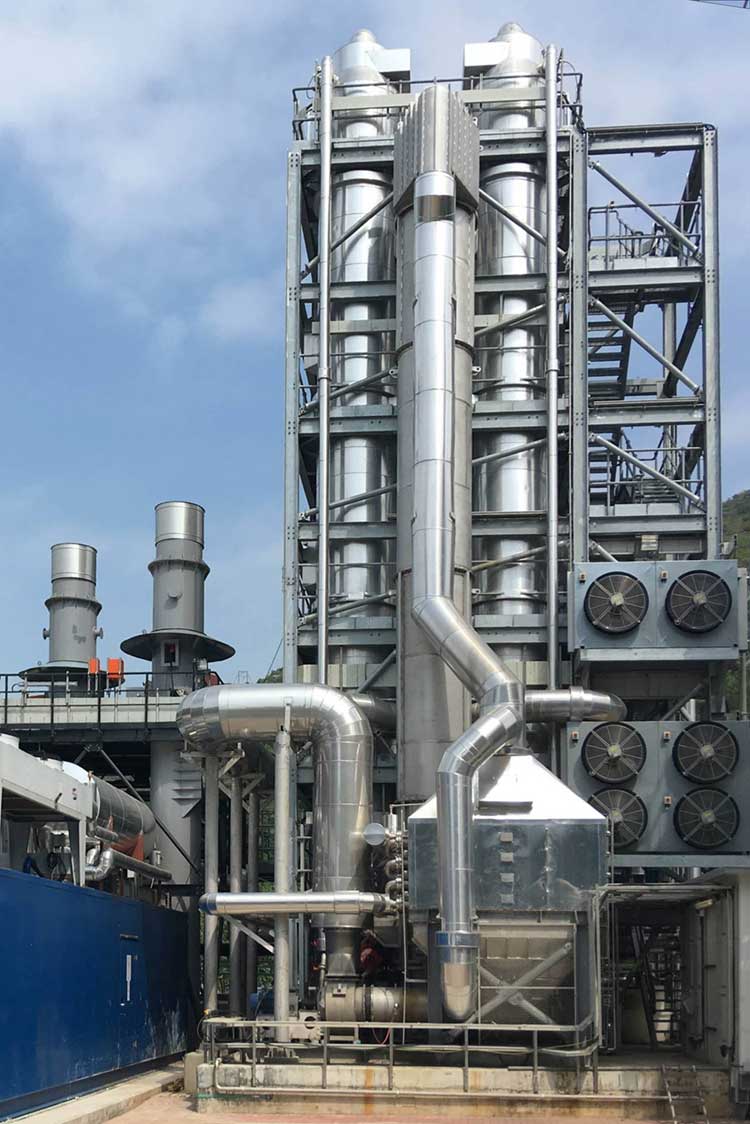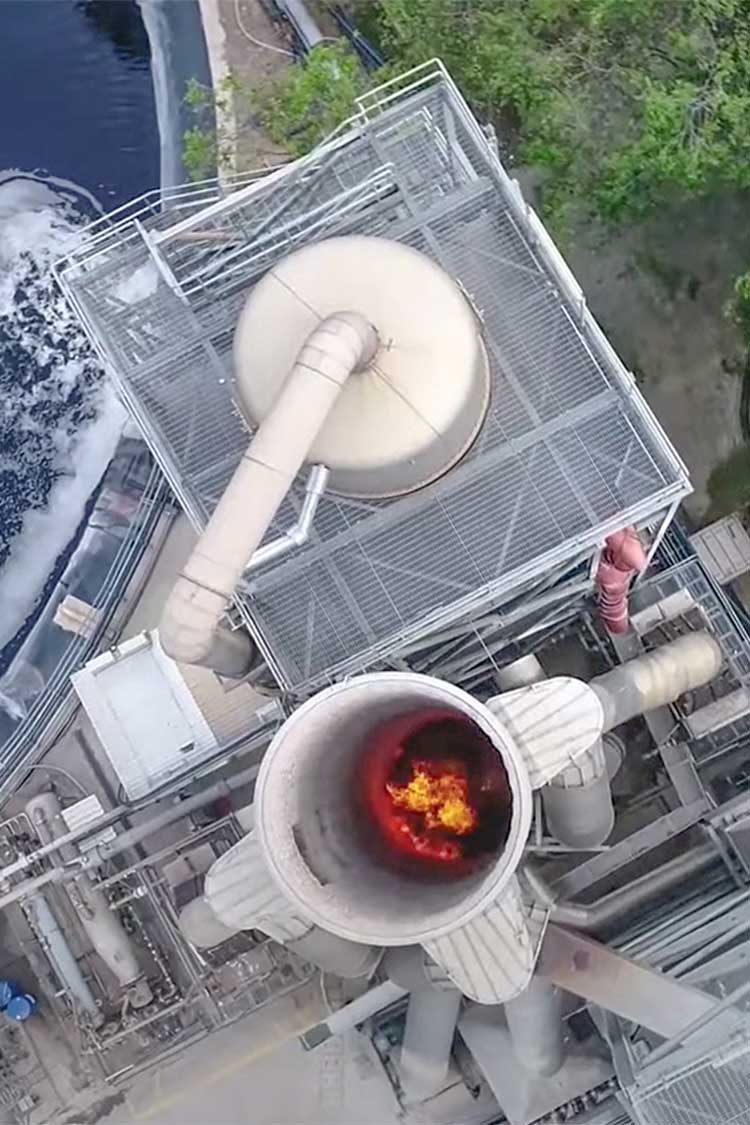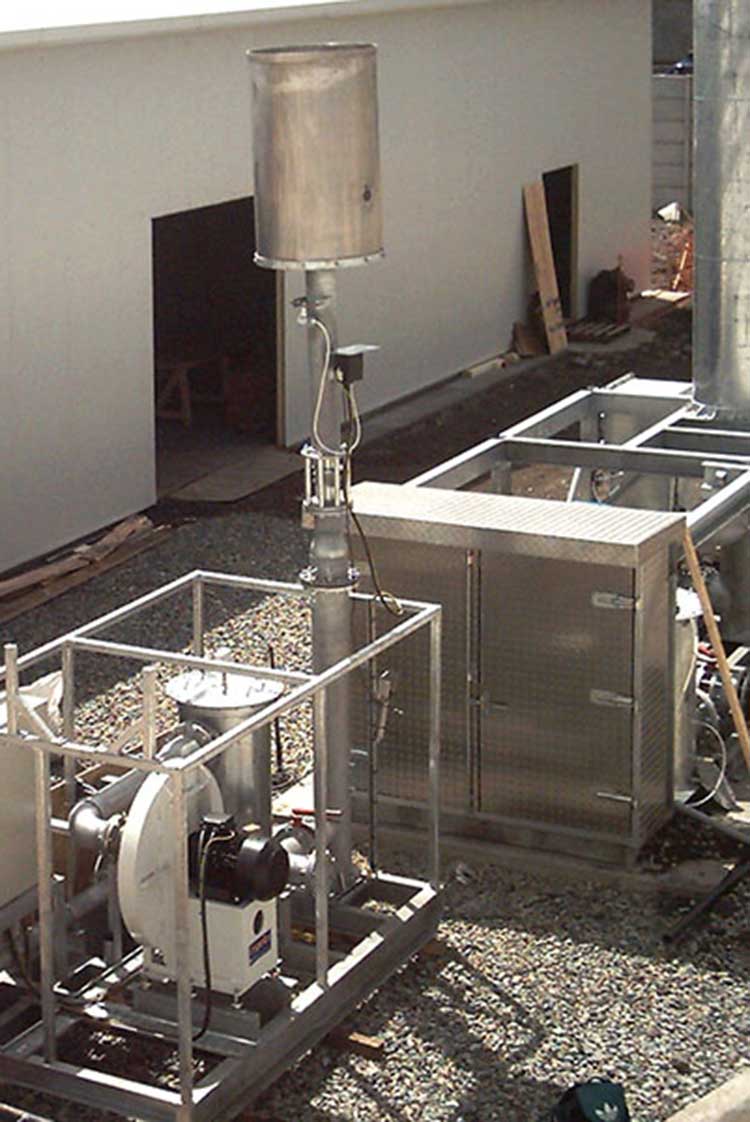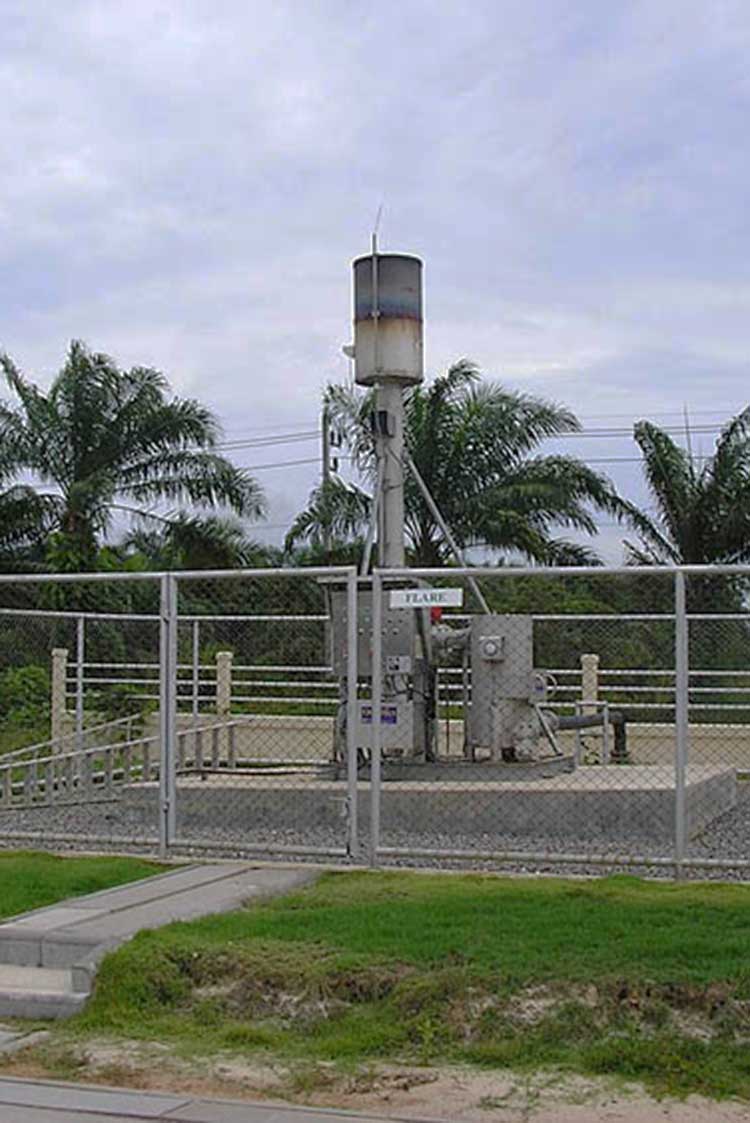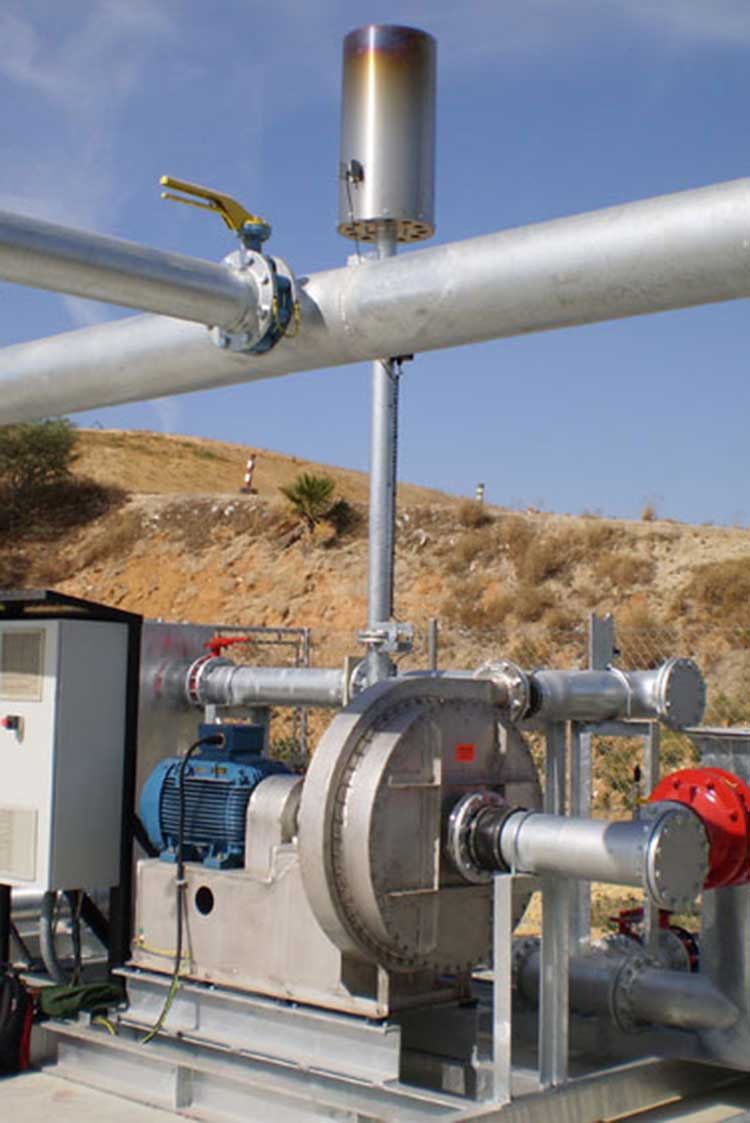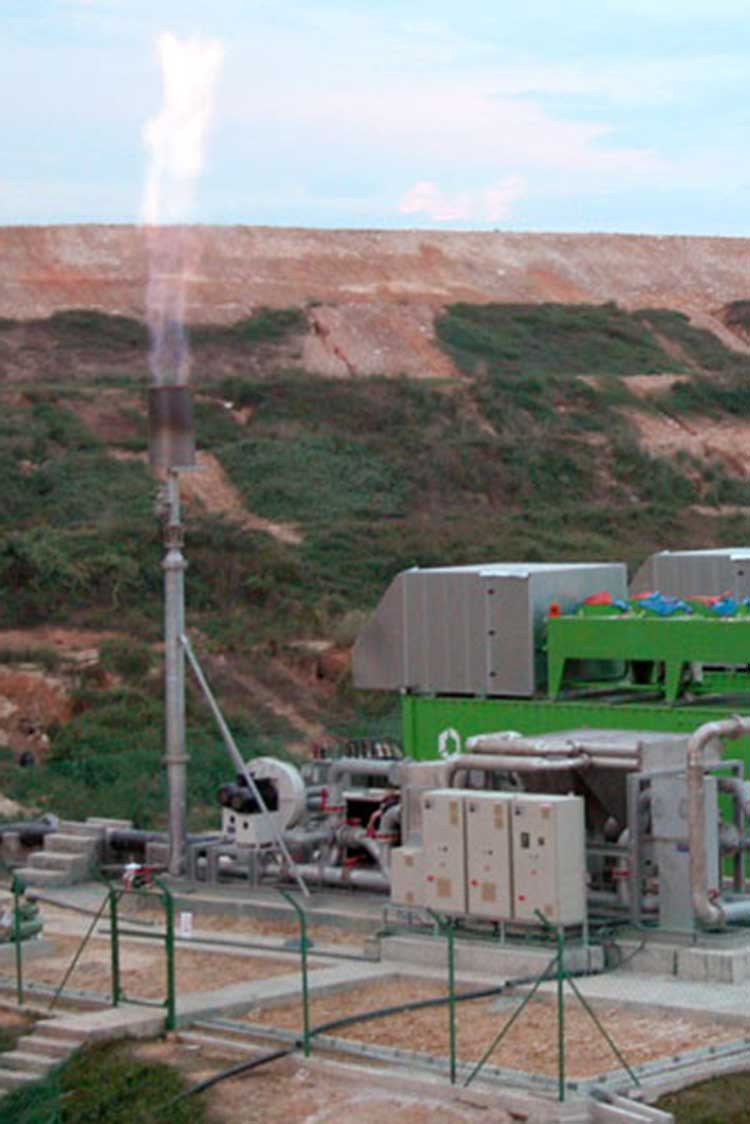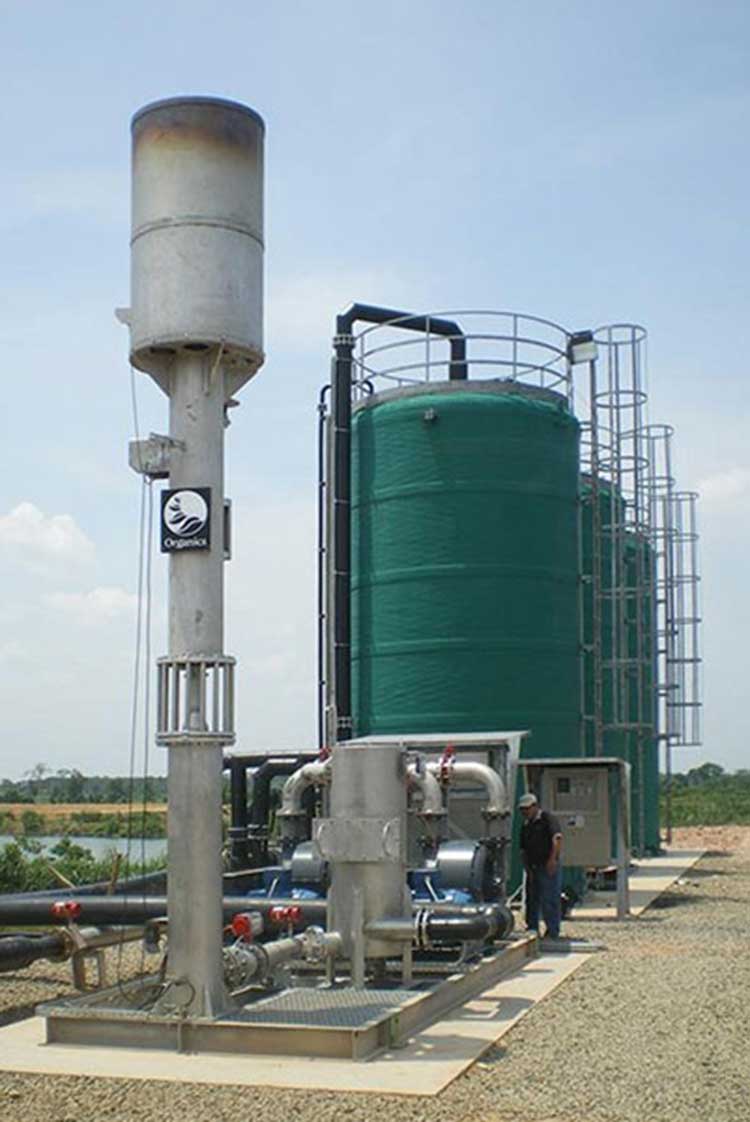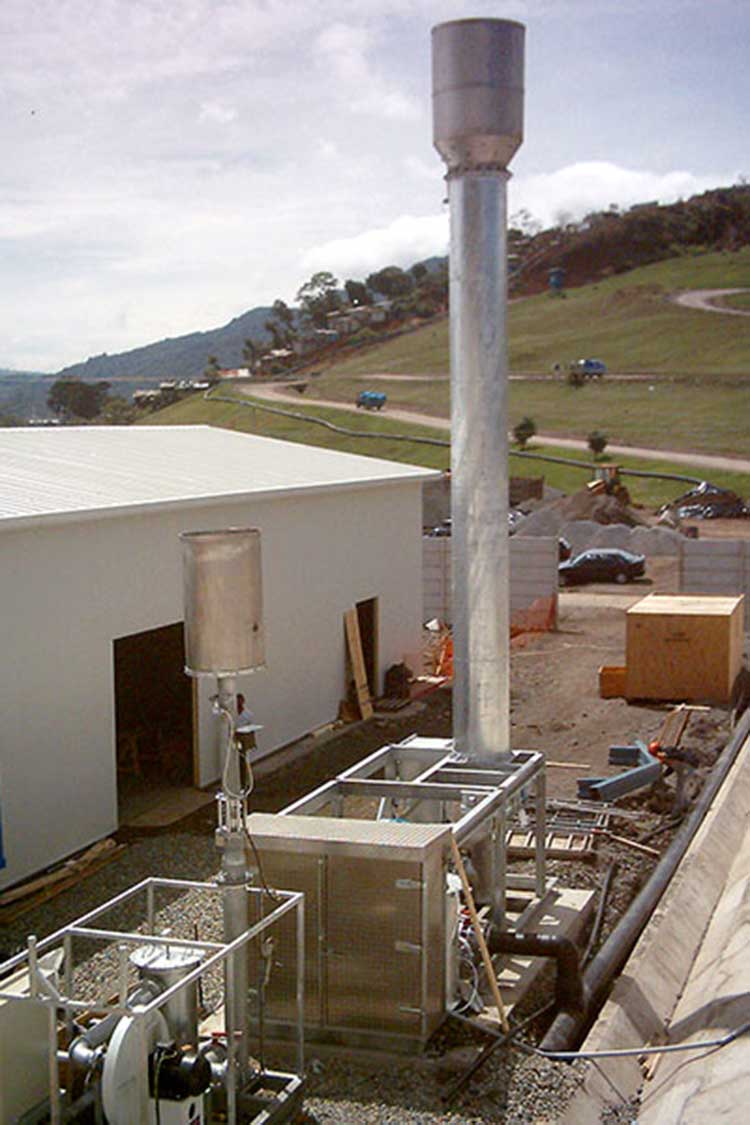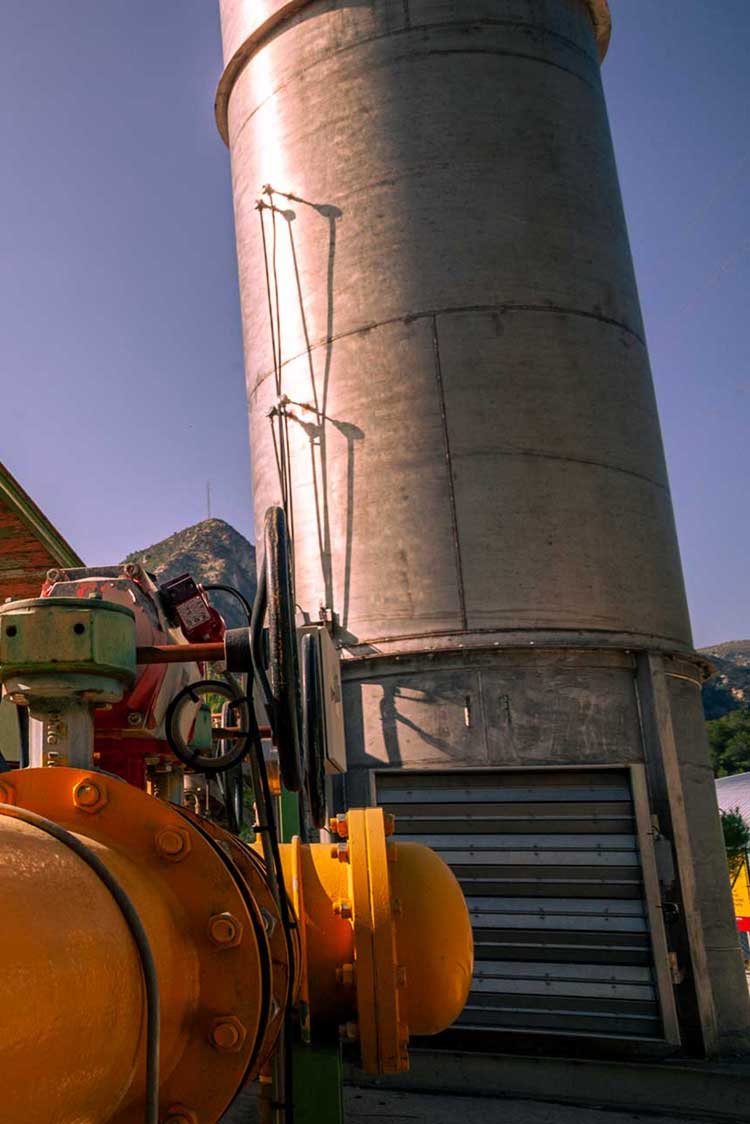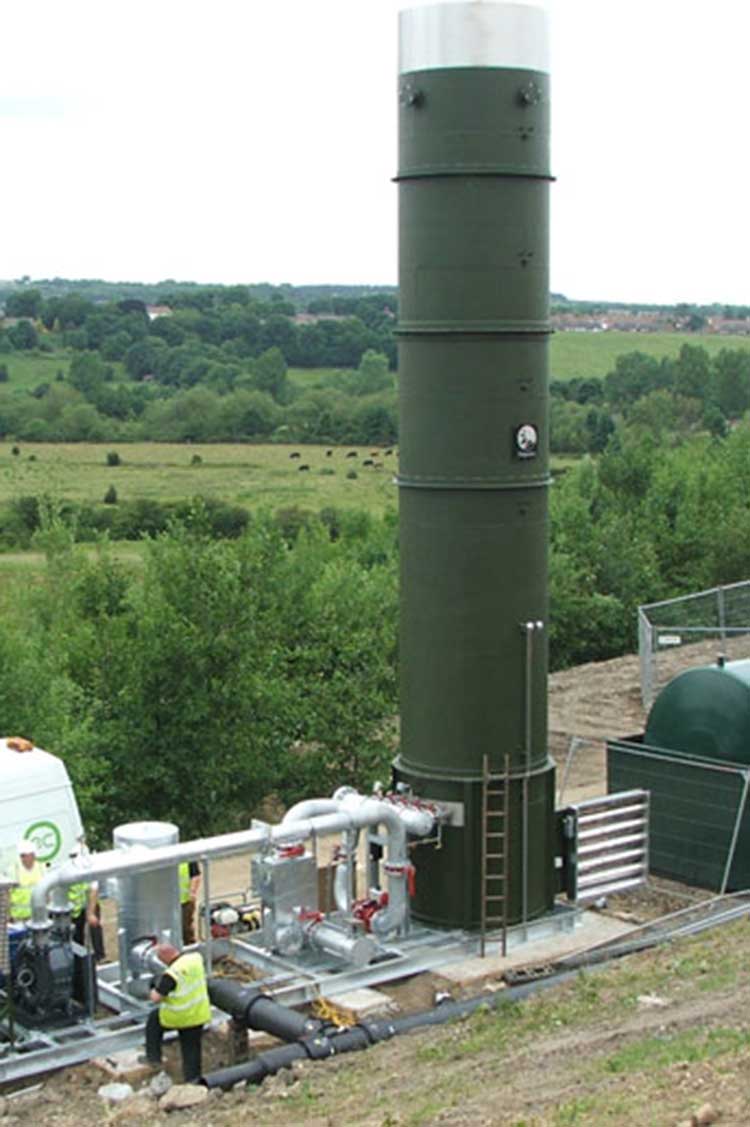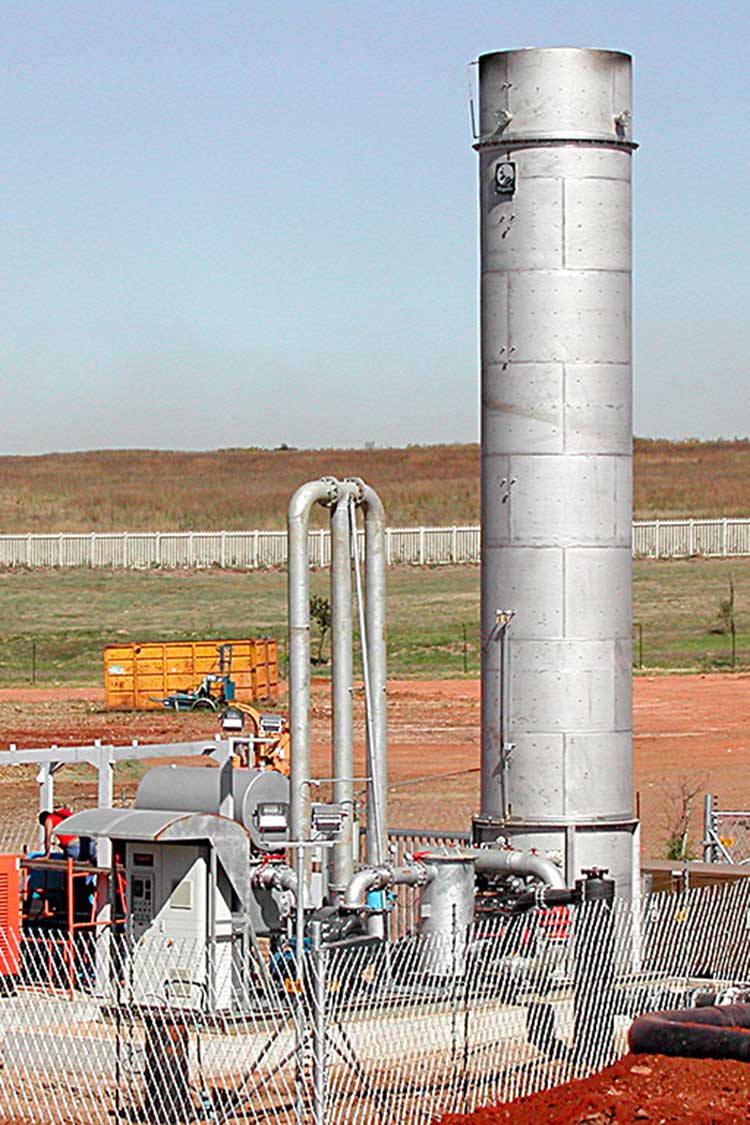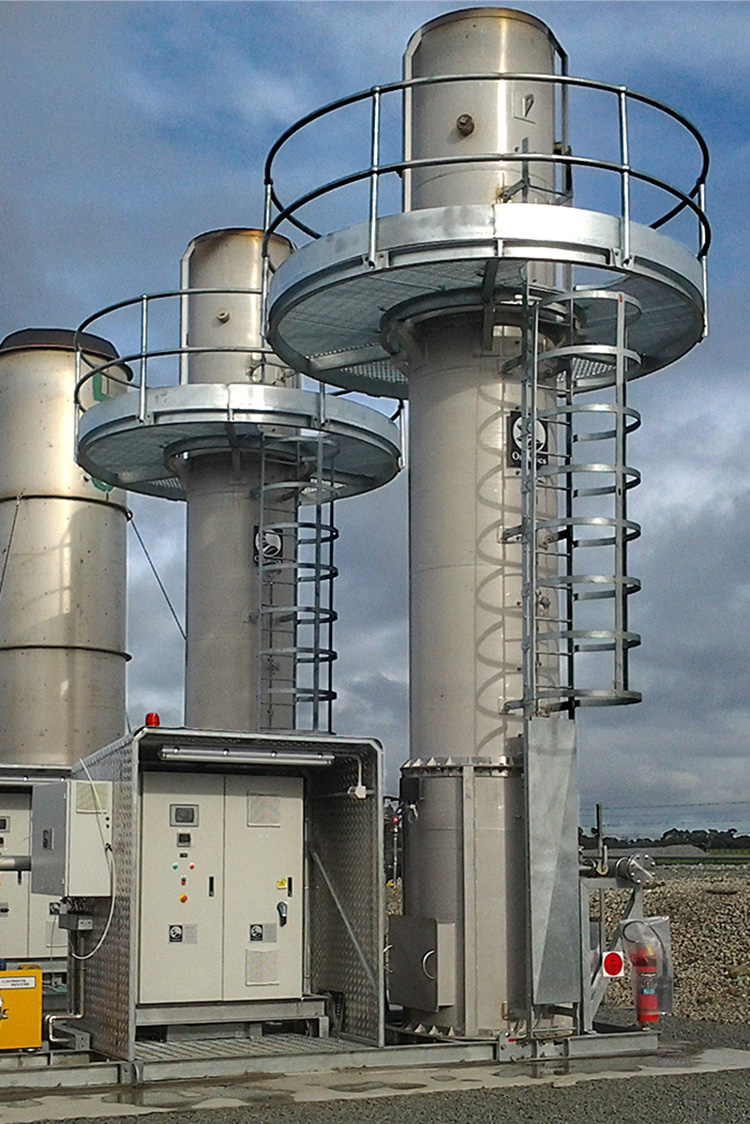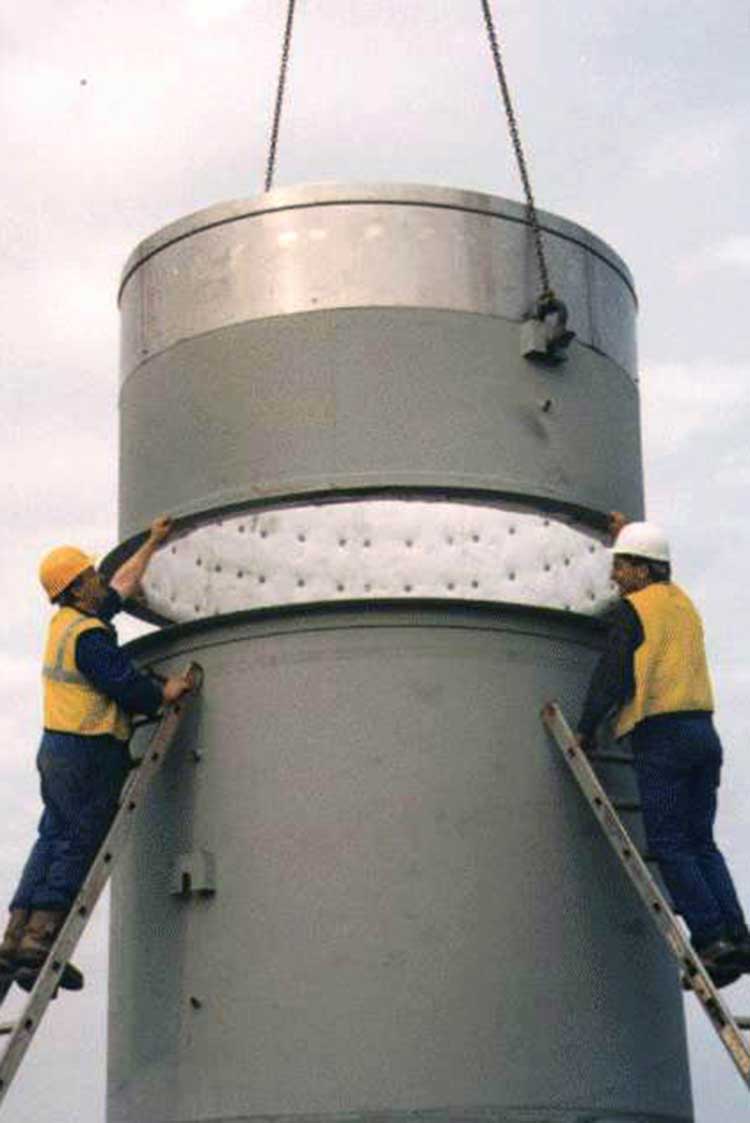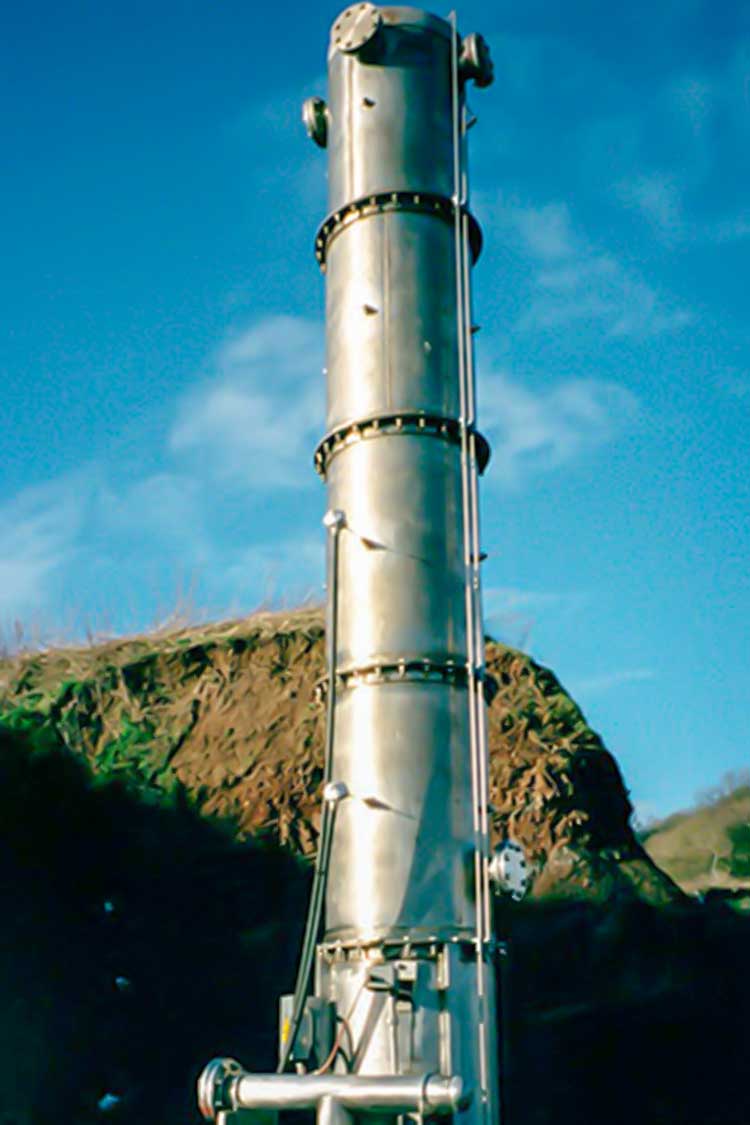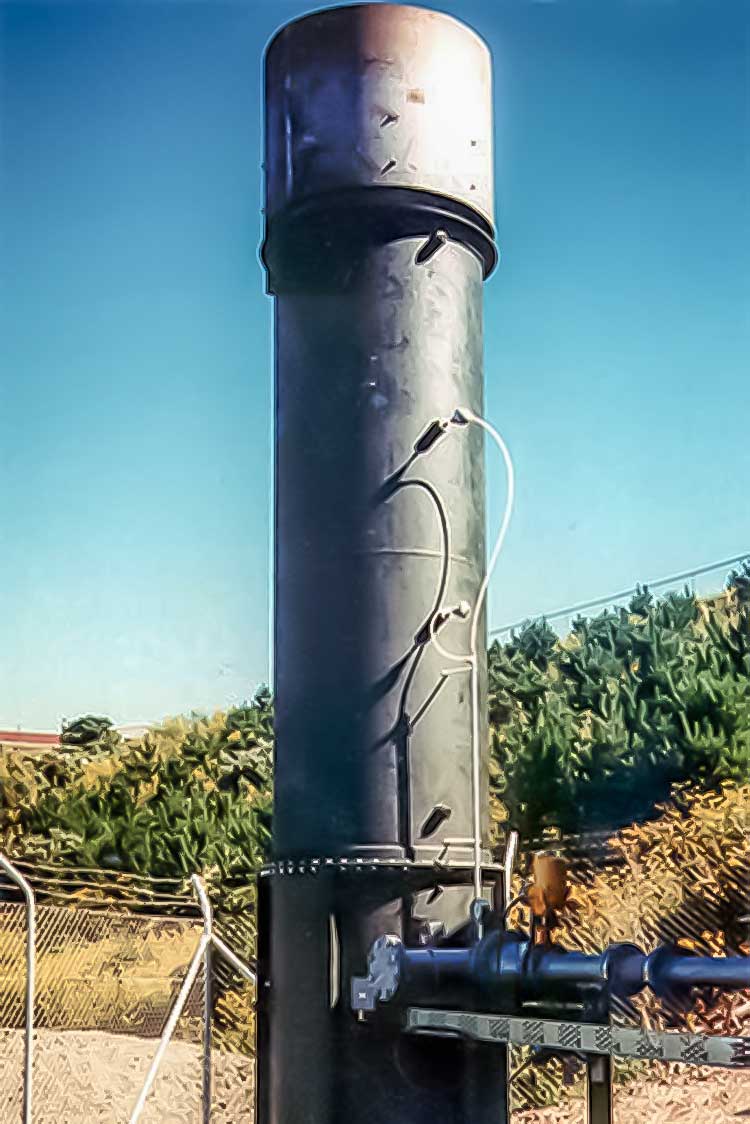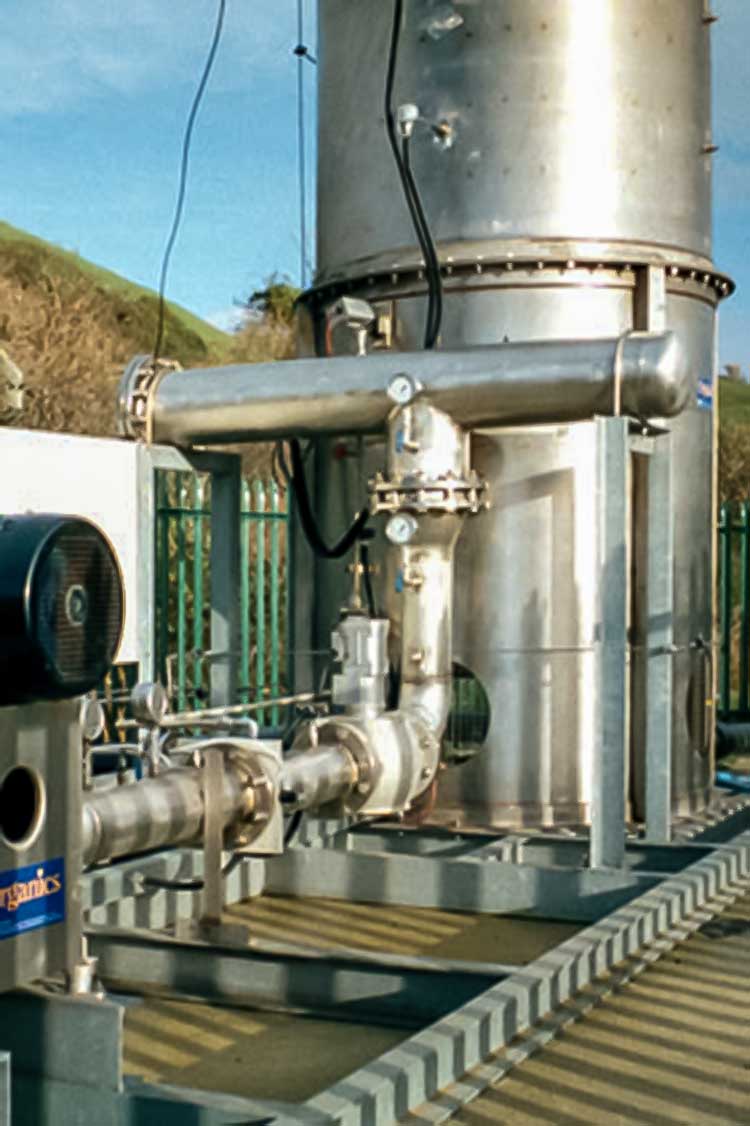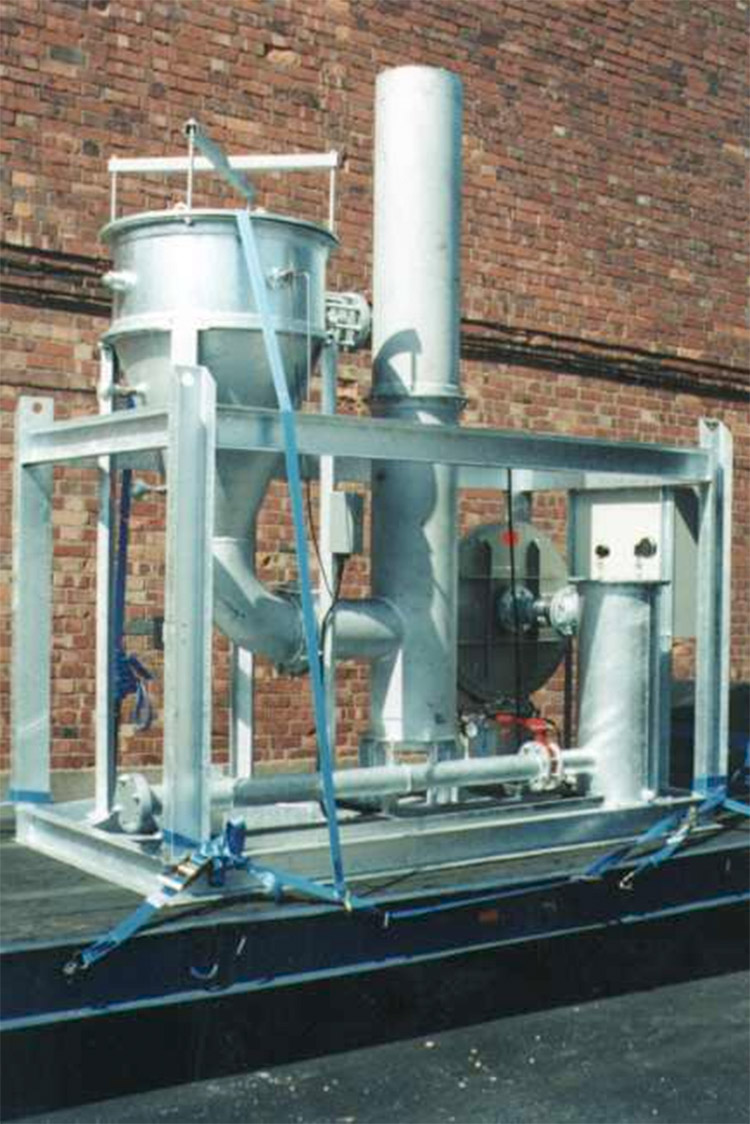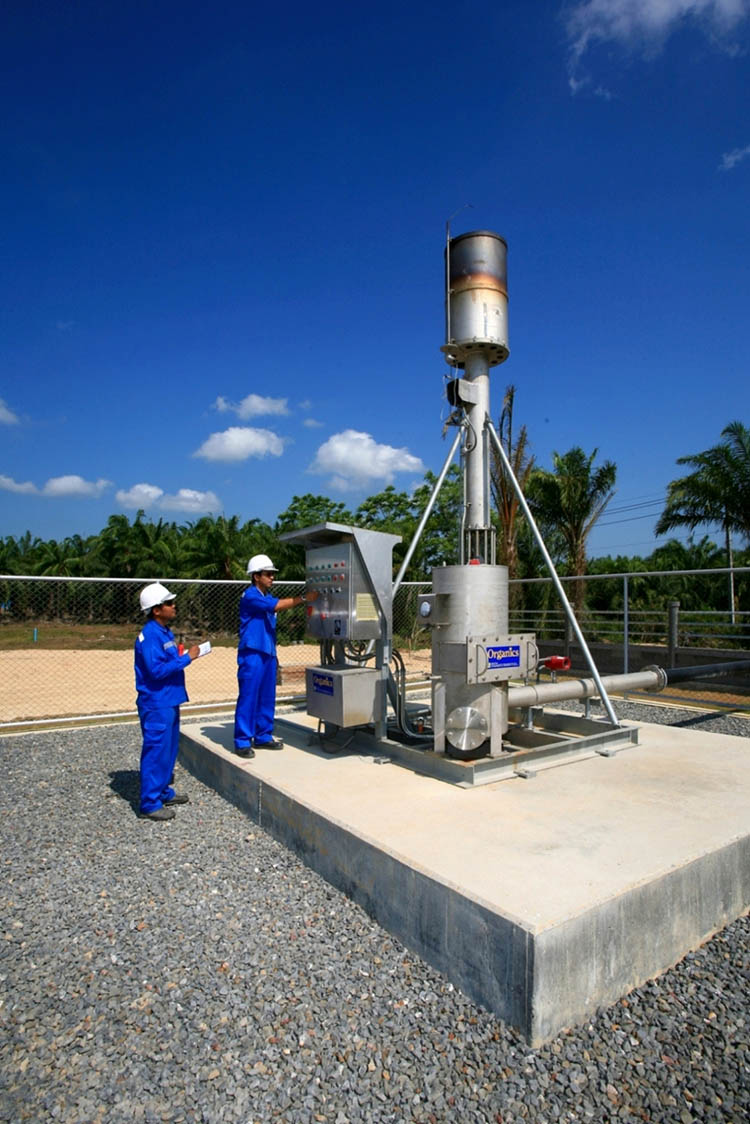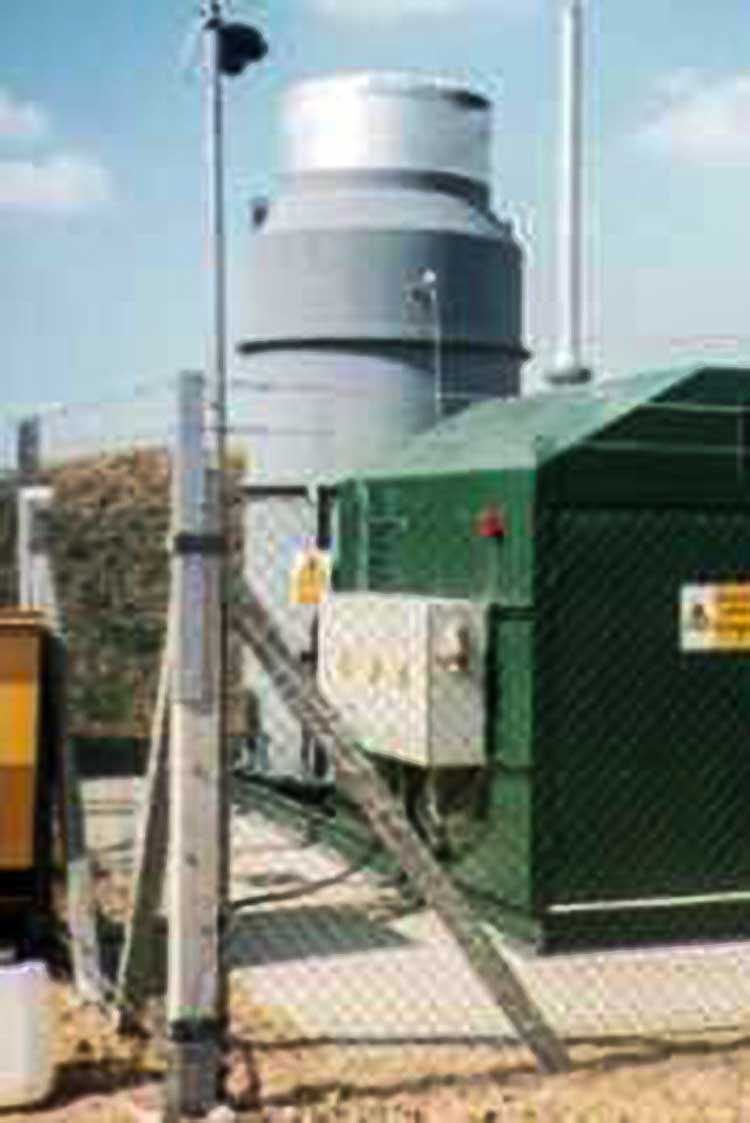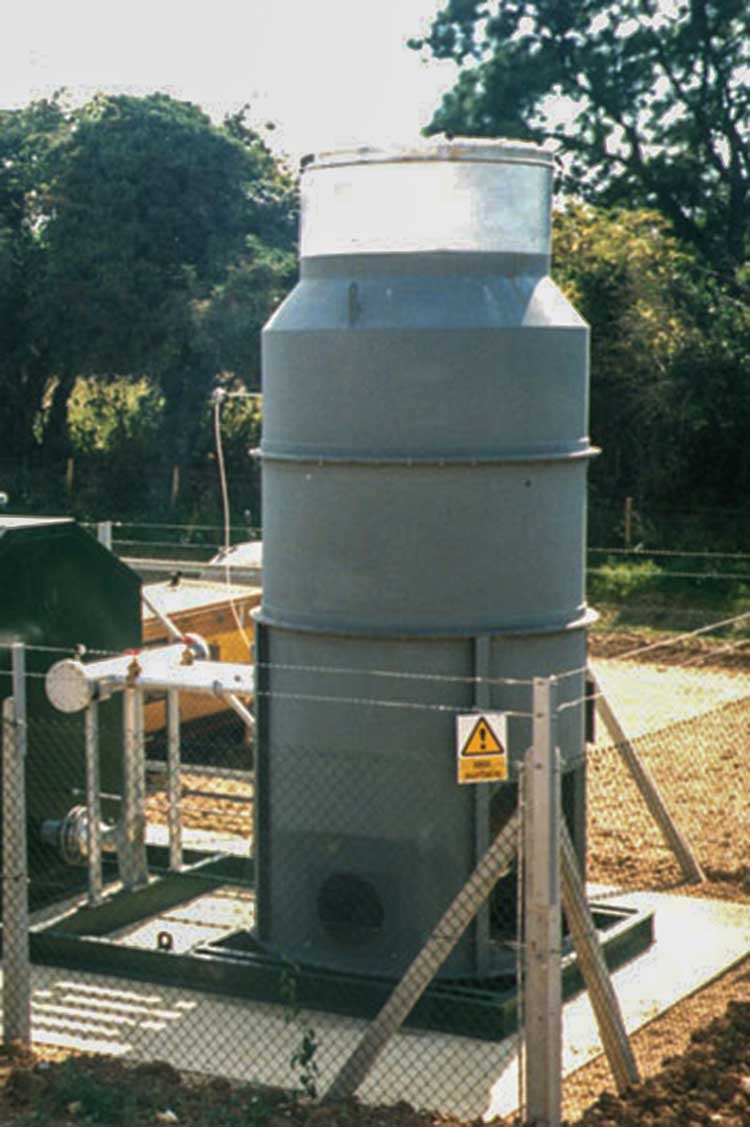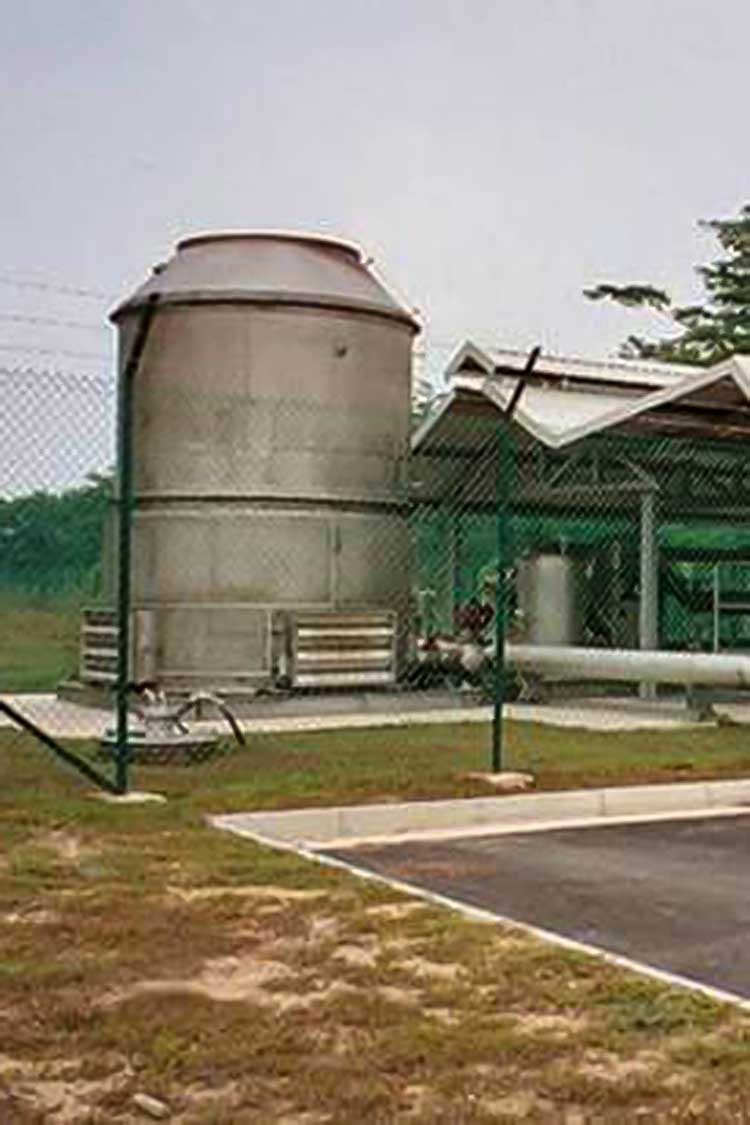
Biogas Flaring Systems
If the quantity of biogas collected surpasses its utilisation capacity, the preferred solution for its disposal is energy production through biogas flaring systems. However, under some circumstances, flaring of biogas is necessary as if it is released directly into the atmosphere, it acts as a highly toxic greenhouse gas. Organics offers several options for biogas flaring systems to ensure maximum environmental protection.
SMART Gas Flaring Systems
The Organics premier range of flares which, as well as allowing high-temperature combustion, include full facilities for exhaust gas recycle, combustion air staging and fuel-gas staging to minimise the formation of NOx.
- Exhaust gas recycle
- Combustion air staging
- Reduced NOx emissions
Specification
Hidden
Your content goes here. Edit or remove this text inline or in the module Content settings. You can also style every aspect of this content in the module Design settings and even apply custom CSS to this text in the module Advanced settings.
Key Features
- natural-draft driven exhaust gas recycle
- NOx minimisation
- automatic flame temperature control
- non-visible flame
- turbulent diffusion flame
- 1000 to 1200ºC
- emission control
- reduced height possible whilst maintaining emission control
- staged-air and staged-fuel options available for special applications
Typical Applications
The SMART flare includes facilities for the minimisation of NOx. It is well known that exhaust gas recycling has provided significant reductions in the NOx content of exhaust flows from combustion processes. The SMART flare takes this principle and combines it with an ordinary SC Range or MC Range flare to give natural-draft driven exhaust gas recycling. The draft induced by the chimney is used to drive the recycling, thus obviating the need for expensive and costly to run exhaust fans.
Other NOx reduction techniques, such as as combustion air-staging and fuel-staging can be employed to further reduce NOx levels for special applications or circumstances.
Datasheet Download
Send download link to:
The SMART Flare Range:
AC Gas Flaring Systems
Simple elevated flares with visible flames and minimal control over the combustion process
- open flame, elevated flare
- pre-aerated flame
- manual flame temperature control
- low luminosity
- operator control of flame height
Specification
Hidden
Your content goes here. Edit or remove this text inline or in the module Content settings. You can also style every aspect of this content in the module Design settings and even apply custom CSS to this text in the module Advanced settings.
Key Features
- Flow rate in this standard range : 250 to 10,000 Nm3/h
- Pressure rise across gas booster : 150 mbarg (approx)
- Flame temperature : 800 to 1000ºC
- Retention time : Not specified
- Minimum methane concentration for combustion to be sustained : 20%
Typical Applications
The AC range of flare stacks is designed to offer a degree of control over the combustion process in an elevated flame burner. The burner tip design is based upon the principle of pre-aerated combustion giving the option of a short sharp, non-luminous flame, as opposed to the yellow-tipped long lazy flame typical of diffusion burners.
Whilst this unit is designed to provide greater control over the combustion process it is not able to provide the flame temperature control that is required by certain emission standards now coming into force.
With an elevated flare there is essentially no control possible over secondary combustion air, that air which mixes with the combustion gases after the burner port, and the dilution factor will vary with, for example, wind conditions.
In certain ambient conditions a flame temperature of 1,000oC can be held with reasonable stability but, if methane percentage is low and wind speed is high, it will be very difficult to approach this figure.
It is certainly not possible to obtain extended residence times at elevated temperatures with an elevated flare.
This is a factor governing all types of elevated flare system.
For flares which meet combustion conditions required by current standards it is necessary to move up to the SC Range, the MC Range and the RB Range of flare units.
Datasheet Download
Send download link to:
The AC-Flare Range:
SC-Range Flares
Shrouded flame flares with no visible flame and automated control of combustion air allowing a combustion temperature of 1,000ºC and 0.5 seconds retention time.
- automatic flame temperature control
- non-visible flame
- turbulent diffusion flame
- 1000ºC
- emissions control
Specification
Hidden
Your content goes here. Edit or remove this text inline or in the module Content settings. You can also style every aspect of this content in the module Design settings and even apply custom CSS to this text in the module Advanced settings.
Key Features
- Flow rate available in this range : 250 to 10,000 Nm3/h
- Pressure rise across gas booster : approximately 150 mbar
- Flame temperature : 950 to 1050ºC
- Retention time : 0.5 seconds
- minimum Minimum methane concentration for combustion at specified temperature : 25% CH4
Typical Applications
The SC range of flare stacks provides a realistically priced option to meet growing public concern about emissions from landfill gas flares.
The key to the currently preferred technological solution is to raise the temperature of the combustion process to at least 1,000ºC and retain the combusted gases at this temperature for an extended period of time.
This can only be achieved with an SC type of flare unit which controls heat loss to the environment and holds the gases at the design temperature for a specified period, referred to as the “retention time”.
With municipal incinerators the requirement at present is a temperature of greater than 850ºC for a duration of 2 seconds. With landfill gas flares the temperatures attainable are higher and the residence time can, therefore, be shorter.
The cut off point, in terms of temperature, is approximately 1,200oC, at which point thermal NOx formation increases sharply. Whilst the higher temperatures will have a higher DRE for the trace gases often found in landfill gas, the increased production of NOx negates the benefit.
The SC Range of flare stacks provides the minimum specification to meet the DRE requirement. Flame temperatures of up to 1000oC are attainable.
For higher temperature combustion it is necessary to move up to the MC Range of flare units.
Datasheet Download
Send download link to:
The SC-Flare Range:
MC Flare Systems
Shrouded flame flares which allow combustion up to 1,200ºC and 0.5 seconds retention time.
- automatic flame temperature control
- non-visible flame
- turbulent diffusion flame
- 1200ºC
- emission control
Specification
Hidden
Your content goes here. Edit or remove this text inline or in the module Content settings. You can also style every aspect of this content in the module Design settings and even apply custom CSS to this text in the module Advanced settings.
Key Features
- Flow rate available in this range : 250 to 10,000 Nm3/h
- Pressure rise across gas booster : Approximately 150 mbar g
- Flame temperature : 1150 to 1200ºC
- Retention time : 0.5 seconds minimum
- Minimum methane concentration for combustion at specified temp : 25% CH4
Typical Applications
The key to this form of technological solution is to raise the temperature of the combustion process to 1200ºC and retain the combustion gases at this temperature for an extended period of time.
This can only be achieved with a shrouded type of flare unit which controls heat loss to the environment to the absolute minimum and holds the gases at the design temperature for a specified period within a combustion chamber of adequate volume.
To correctly calculate retention time, the volume of landfill gas and air necessary to achieve complete combustion and correcting for temperature must be accounted for. The stoichiometric, or ideal, mix of air and methane is approximately 10:1. In reality, the imperfect mixing of gases requires a greater volume of air. Typically the ratio may be closer to 15:1. It is the additional air which cools the flame and prevents high temperatures from being attained.
Tight control of temperature losses and combustion air is, therefore, essential with this type of flare system
The MC Range provides the optimum specification in terms of meeting a Destruction and Removal Efficiency requirement with techniques employing the retention time and temperature strategy of combustion control. Flame temperatures of up to 1200ºC are attainable. For alternative and additional combustion strategies it is necessary to consider to the RB Range of flare units.
Datasheet Download
Send download link to:
The MC-Flare Range:
LHC-Range Flares
Safe combustion of low calorific value gases.
Specification
Hidden
Your content goes here. Edit or remove this text inline or in the module Content settings. You can also style every aspect of this content in the module Design settings and even apply custom CSS to this text in the module Advanced settings.
Key Features
In normal landfill gas flares, for example, the usual minimum methane concentration at which a flare will burn is around 15 to 20% methane. Codes of practice, indeed, suggest that combustion should be halted when methane drops below 20% to avoid the possibility of an explosion. The LHC Range flare is designed specifically to burn below 20%. It has inbuilt explosion protection measures and can operate down to as little as 5% methane in air.
Typical Applications
Size range
The LHC Range flare is available as a standard in the size range 250 cubic metres per hour to 1,000 cubic metres per hour. Higher volume flow rates can be accommodated by installing multiple units.
Application
The LHC Range flare is ideally suited to older landfill sites, where there remains a problem of methane in sufficient concentration to pose a problem but not sufficient to combust with conventional flaring techniques.
The LHC Range flare may also be applied to situations where off-gas from a process stream is of low calorific value but would benefit from combustion, rather than release to the atmosphere.
The LHC-Flare Range:
RB Flare Systems
Shrouded ground flares which, as well as allowing high-temperature combustion, include exhaust gas recycle to minimise the formation of NOx
- automatic flame temperature control
- non-visible flame
- turbulent diffusion flame
- 1000ºC to 1200ºC
- emission control
- reduced height possible whilst maintaining emission control
- reduced NOx emissions
Specification
Hidden
Your content goes here. Edit or remove this text inline or in the module Content settings. You can also style every aspect of this content in the module Design settings and even apply custom CSS to this text in the module Advanced settings.
Key Features
- Flow rate available in this range : 250 to 3000 Nm3/h
- Pressure rise across gas booster : Approximately 150 mbar g
- Flame temperature : 1150 to 1200ºC
- Retention time : 0.5 seconds minimum
- Minimum methane concentration for combustion at specified temp : 25% CH4
Typical Applications
Organics has developed a number of strategies which can deal with this problem whilst attending to other aspects of a site specific specification.
Datasheet download
Send download link to:
The MC-Flare Range:
Don’t Let Excess Biogas Become an Environmental Burden – Contact Us Today to Learn More About Our Biogas Flaring Systems.
Designed at the Edge of Eden. © Organics Group 2024


